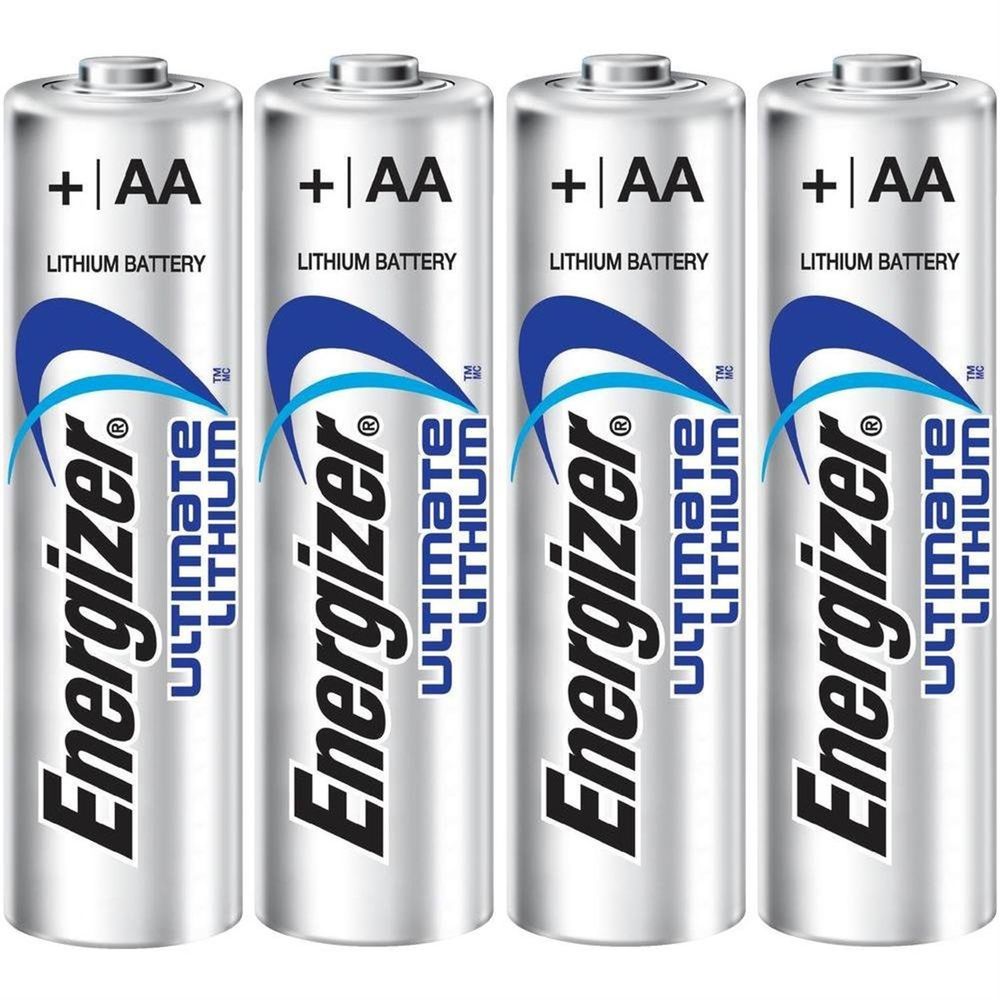

This is particularly important in expensive equipment, where a leaking alkaline battery can damage the equipment due to the corrosive electrolyte coming into contact with sensitive electronics. Another advantage of lithium disulfide batteries compared to alkaline batteries is that they are less prone to leak. The capacity of alkaline batteries is greatly reduced as the discharge current increases, however the capacity of a Li-FeS2 battery is not affected by high discharge currents nearly as much as alkaline batteries. Non-rechargeable lithium iron disulfide batteries are manufactured for devices that draw more current, such as digital cameras, where their high cost is offset by longer running time between battery changes and more constant voltage during discharge. AA size alkaline batteries are termed as LR06 by IEC, and AM-3 by JIS. Alkaline batteries from 1,700 mAh to 2,850 mAh cost more than zinc-chloride batteries, but hold additional charge. Zinc-chloride batteries store around 1,000 to 1,500 mAh are often sold as "heavy duty" or "super heavy duty". Zinc–carbon batteries are usually marketed as "general purpose" batteries. Primary (non-rechargeable) zinc–carbon ( dry cell) AA batteries have around 400–900 milliampere hours capacity, with measured capacity highly dependent on test conditions, duty cycle, and cut-off voltage. 14500 Lithium Batteries are longer if they feature a protection circuit up to 53 mm.Īlkaline AA cells have a weight of roughly 23 g (0.81 oz), lithium AA cells around 15 g (0.53 oz), and rechargeable Ni-MH cells around 31 g (1.1 oz). The positive terminal button should be a minimum 1 mm high and a maximum 5.5 mm in diameter, the flat negative terminal should be a minimum diameter of 7 mm. Due to their popularity in small flashlights, they are often called "penlight batteries".ĭimensions D, C, AA, AAA, AAAA cells, and a 9-volt batteryĪn AA cell measures 49.2–50.5 mm (1.94–1.99 in) in length, including the button terminal-and 13.5–14.5 mm (0.53–0.57 in) in diameter. ANSI and IEC battery nomenclature gives several designations for cells in this size, depending on cell features and chemistry. Introduced in 1907 by The American Ever Ready Company, the AA battery size was standardized by the American National Standards Institute (ANSI) in 1947, but it had been in use in flashlights and electrical novelties before formal standardization. The exact terminal voltage, capacity and practical discharge rates depend on cell chemistry however, devices designed for AA cells will usually only take 1.2–1.5 V unless specified by the manufacturer. Several different chemistries are used in their construction.


An AA battery is composed of a single electrochemical cell that may be either a primary battery (disposable) or a rechargeable battery.
#Aa lithium batteries 24 pack portable#
ĪA batteries are common in portable electronic devices. Historically, it is known as D14 (hearing aid battery), U12 – later U7 (standard cell), or HP7 (for zinc chloride 'high power' version) in official documentation in the United Kingdom, or a pen cell. The IEC 60086 system calls the size R6, and ANSI C18 calls it 15. The AA battery (or double-A battery) is a standard size single cell cylindrical dry battery. For the military weapon, see anti-aircraft warfare. This article is about the type of electric cell.


 0 kommentar(er)
0 kommentar(er)
